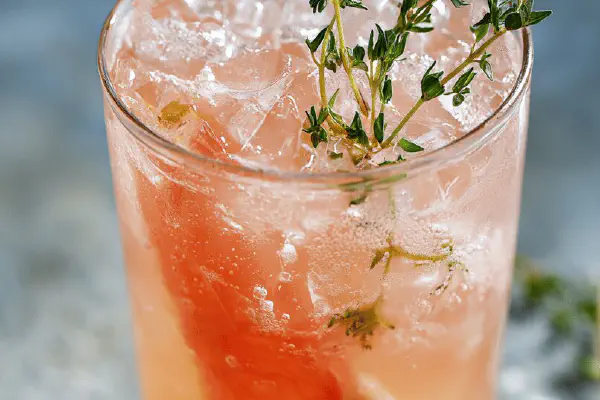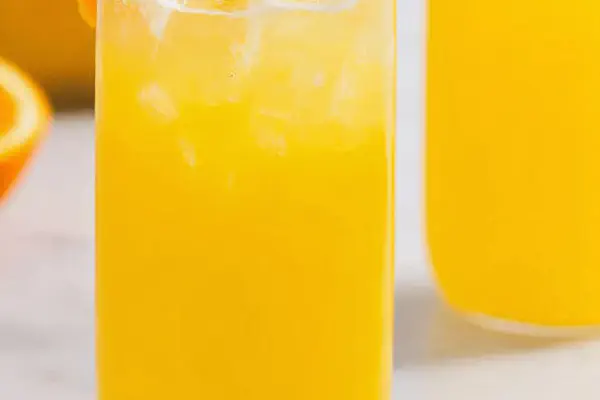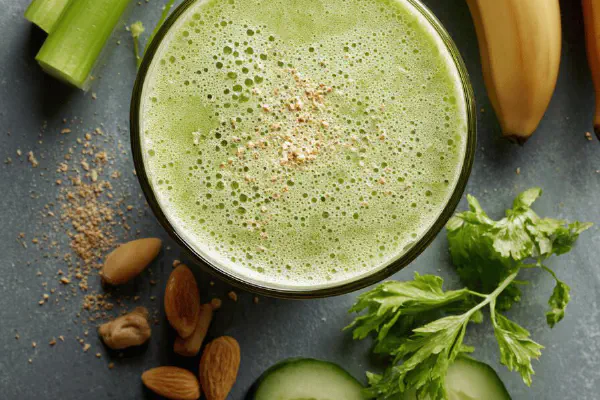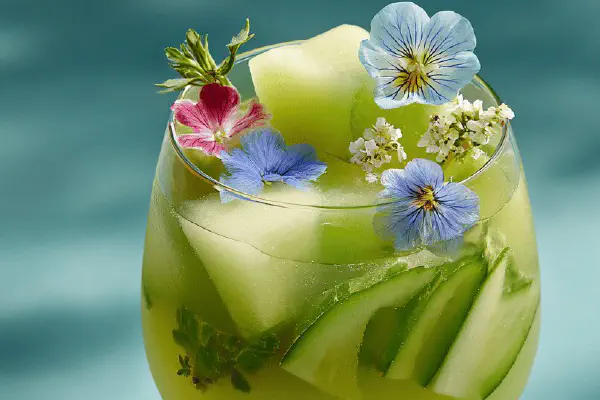Grapefruit Mint Tonic
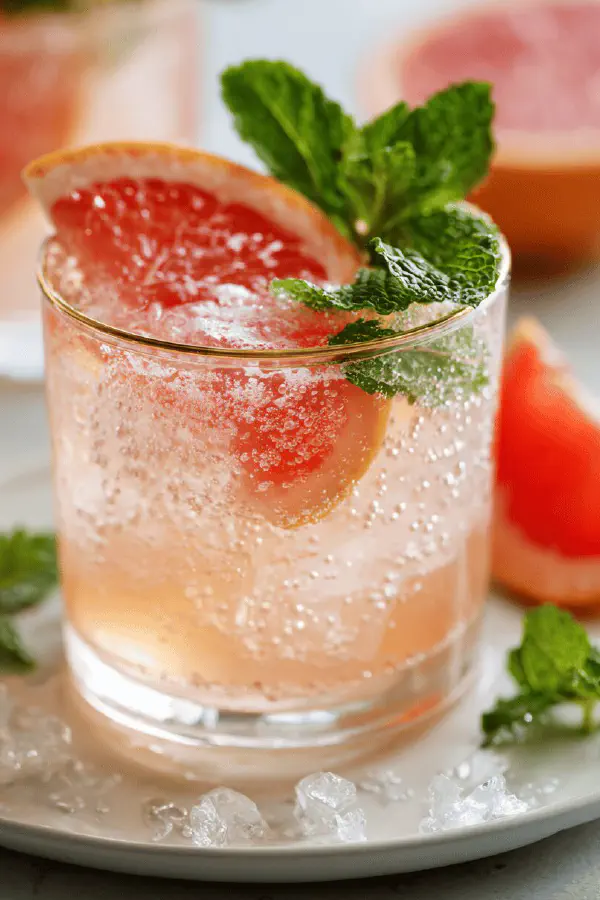
By Kate
Ingredients
About the ingredients
Method
Technique Tips
Chef's Notes
- 💡 When making the frozen grapefruit cube, use fresh juice only. Avoid any pulp overload—aim for smooth but slightly thick. Strain if needed. The cube is not just for chill; it unlocks flavor as it melts. Essential in balancing drink characteristics.
- 💡 Grapefruit juice is sharp, can be bitter; a pinch of salt adjusts that. Remember: not too much bruising on the mint; too much oil turns flavor bitter. Lightly touch leaves between fingers, just enough to release the freshness without overpowering the drink.
- 💡 For freshness, make sure soda is fizzy. Flat soda ruins the drink instantly; freshness counts here. Test soda before adding; taste the bubbles. If using ginger beer, spice notes can change drink dynamics. Experiment but keep the balance.
- 💡 Watching the cube melt is part of the experience. Changes taste as ice melts; flavors evolve. Smooth or sharp? Notice how the aromas shift, too; watch for those sensory cues. The drink should not be stagnant, it should have character.
- 💡 If juice isn't available, swap with white cranberry. It works too, but tweak the salt. Balancing acidity is key. For a twist, add a spirit—gin or tequila—something dry. Test with less at first, add more if needed. Flavor harmony matters.
Kitchen Wisdom
What if my drink tastes flat?
Check your soda. If it's gone stale, no fizz—test. Mint needs to be fresh too. Limp leaves won't help; discard them and start again. Freshness matters on all fronts.
Can I make this in larger batches?
Yes, but prep is crucial. Make enough cubes ahead of time to control dilution. Adjust ratios. Each serving needs proper balance. Scale up but don't compromise on flavor. Keep ingredients proportionate.
What if I can't find grapefruit juice?
Try using white cranberry juice. Taste it first—adjust salt afterward. Avoid overusing generic sodas; they can dull flavors. Fresh juices shine here; compromise where you must but keep intentions.
How do I store leftovers?
Store juice in an airtight container; use within two days. For mint, refrigerate wrapped in damp paper. Use for fresh garnish next time. Don't let them wilt; wilted mint is no good.
